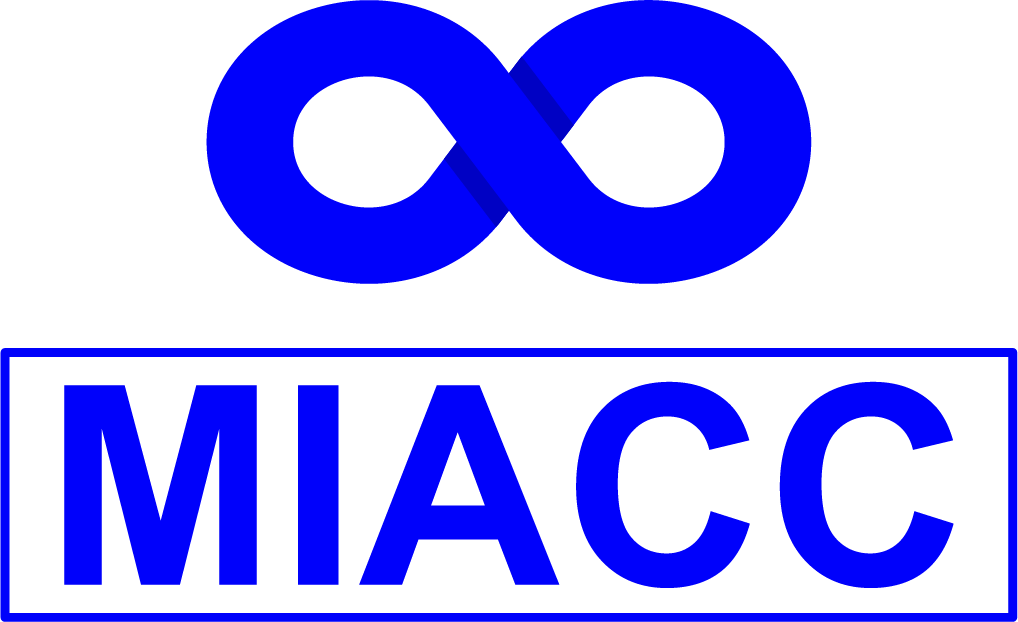
In both academic and professional settings, the ability to craft a document that is error-free, engaging, clearly written, and visually appealing is a critical skill. Well-written documents not only convey the intended message effectively but also build credibility and professionalism. In an era where digital communication has become central, mastering the art of document drafting and reviewing is more important than ever. This article explores how to craft winning documents that leave a lasting impression, grounded in recent research and best practices.
Understanding the New Educational System
A fundamental principle of crafting a winning document is clarity. Documents that are difficult to understand can lose the reader’s attention quickly. Clarity involves structuring your thoughts logically, using simple and precise language, and avoiding jargon unless necessary. According to Gopen and Swan (1990), the "reader’s expectation" plays a significant role in how easily they can comprehend written text. Their research highlights the importance of placing key information in positions where the reader expects to find it, such as at the start or end of sentences and paragraphs. This allows for a smoother reading experience and increases the document's impact.
Engagement is another key element. Research has shown that reader engagement is enhanced by a writing style that is conversational but professional (Hunt, 2021). Documents that are too formal can seem rigid, whereas overly casual writing may diminish credibility. Balancing tone, especially depending on the audience, is crucial. For instance, reports or proposals often benefit from a professional tone, while marketing materials may engage better with a slightly conversational style.
Active voice should be prioritized over passive voice, as it increases readability. Studies by the University of North Carolina suggest that sentences in the active voice are shorter and more direct, making the document more engaging and easier to follow (UNC Writing Center, 2020). For instance, instead of writing, "The project will be completed by the team," an active alternative would be, "The team will complete the project."
Error-Free Writing: The Power of Proofreading
The credibility of a document can be significantly undermined by errors. Recent studies suggest that typos, grammatical errors, and inconsistencies can decrease a document's perceived quality by 70% (Grammarly, 2020). Errors disrupt the flow of reading and can lead the audience to question the writer’s attention to detail. To prevent this, proofreading is a critical step in the document creation process.
One effective technique is to review your work multiple times, with each pass focusing on a different element. For instance, the first review can focus on clarity, the second on grammar, and the third on formatting and consistency. According to researchers at Purdue University, reading your document out loud can also help you catch errors that might have been overlooked during silent reading (Purdue OWL, 2021).
Additionally, tools like spell-checkers and grammar-checkers are useful, but should not be relied upon exclusively. A human review is always necessary, as automated tools may miss nuanced errors, such as incorrect homophones (e.g., "their" vs. "there") or issues with sentence structure. This combination of human review and technology helps ensure error-free writing.
Structure and Visual Appeal: Formatting for Success
Creating a visually appealing document is as important as the content itself. Research from Nielsen Norman Group (2021) shows that documents with good visual design and structured formatting increase reader comprehension by 25%. Visual appeal not only helps in holding the reader’s attention but also aids in guiding them through the content.
The use of headings, bullet points, and whitespace is essential in breaking down complex information into digestible sections. This is particularly important for longer documents such as reports or proposals. Studies show that 43% of readers prefer documents that are well-organised with clear headings, as it helps them navigate through the information more efficiently (Nielsen, 2021).
Font choice and spacing are also crucial. Sans-serif fonts such as Arial or Calibri are preferred for digital documents as they are easier to read on screens, while serif fonts like Times New Roman work better for printed materials. Proper line spacing (1.15 to 1.5) ensures that the text does not feel cramped, improving readability (Hunt, 2021).
Incorporating graphics, charts, or tables can help to illustrate complex information. Research indicates that readers retain 80% of what they see but only 20% of what they read (Medina, 2014). Therefore, a well-placed graphic can significantly increase comprehension and retention of key points.
The Drafting Process: Iterative Refinement
A crucial component of crafting a winning document is adopting an iterative drafting process. Rarely is a document perfect in its first draft. The best practice is to start by outlining your key points, then drafting a full version of the document before revising and refining it through several rounds. A study by the University of Edinburgh (2020) found that professional writers typically go through three to five drafts before reaching their final version. Each draft allows for refinement of arguments, correction of errors, and improvements in flow and structure.
Additionally, feedback from peers or mentors is invaluable in refining a document. Having someone else review your work can provide fresh perspectives and identify issues you may have missed. Peer review is especially useful for professional documents like business proposals, where precision and impact are key.
Conclusion: The Art of Crafting Winning Documents
Excelling academically in a new country is achievable with the right strategies and mindset. By understanding the educational system, building strong relationships with faculty, improving language skills, leveraging support networks, managing time effectively, and staying resilient, students can thrive in their academic pursuits abroad. While the challenges may be significant, the rewards of academic and personal growth are well worth the effort.
References:
Andrade, M.S. (2019) ‘International students in English-speaking universities: Adjustment factors’, Journal of International Students, 9(3), pp. 776–798.
British Council (2020) The experience of international students in the UK, British Council. Available at: https://www.britishcouncil.org.
Eom, S.B. and Ashill, N. (2016) ‘The determinants of students’ perceived learning outcomes and satisfaction in university online education: An update’, Decision Sciences Journal of Innovative Education, 14(2), pp. 185–215.
Institute of International Education (IIE) (2020) Open Doors Report on International Educational Exchange. Available at: https://www.iie.org/opendoors.
OECD (2022) Education at a Glance 2022. Paris: OECD Publishing. Available at: https://www.oecd-ilibrary.org/education.
Tinto, V. (2020) ‘Student retention and graduation: Facing the truth, living with the consequences’, Journal of Higher Education, 61(3), pp. 190–208.




